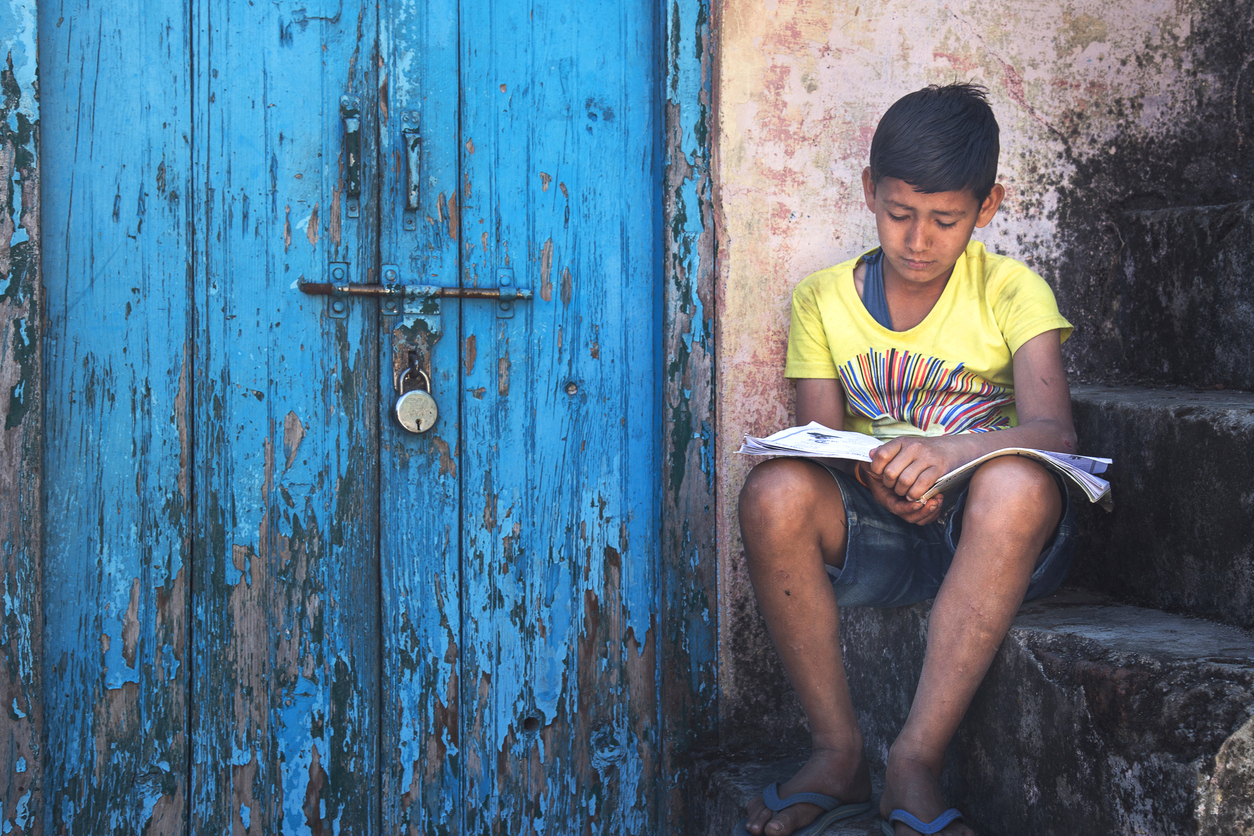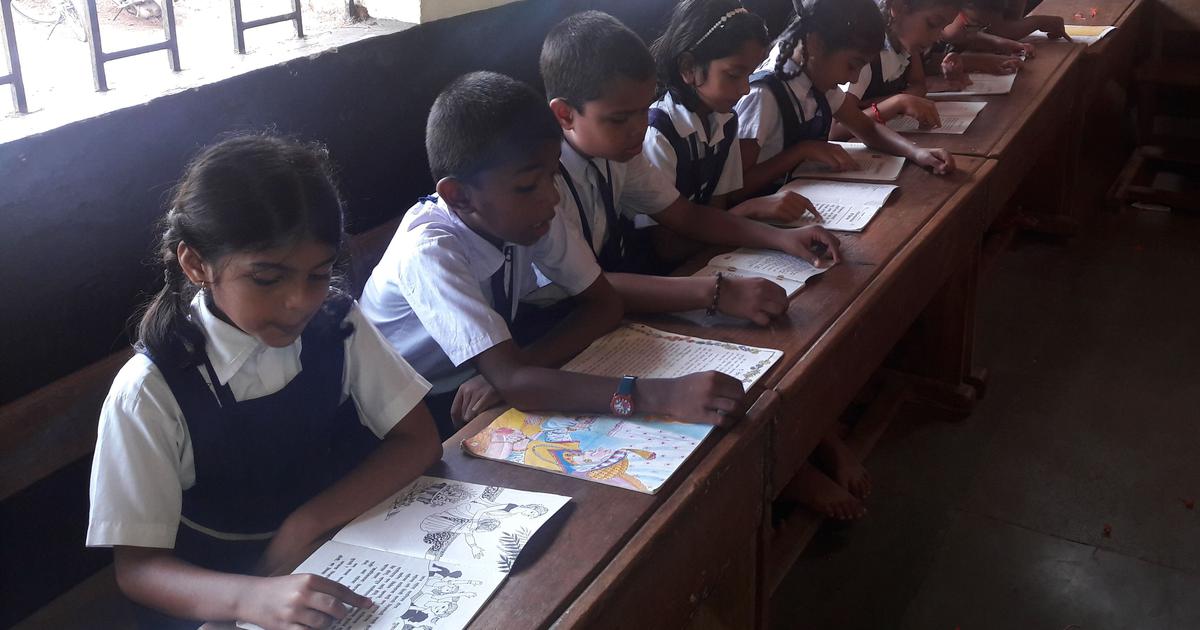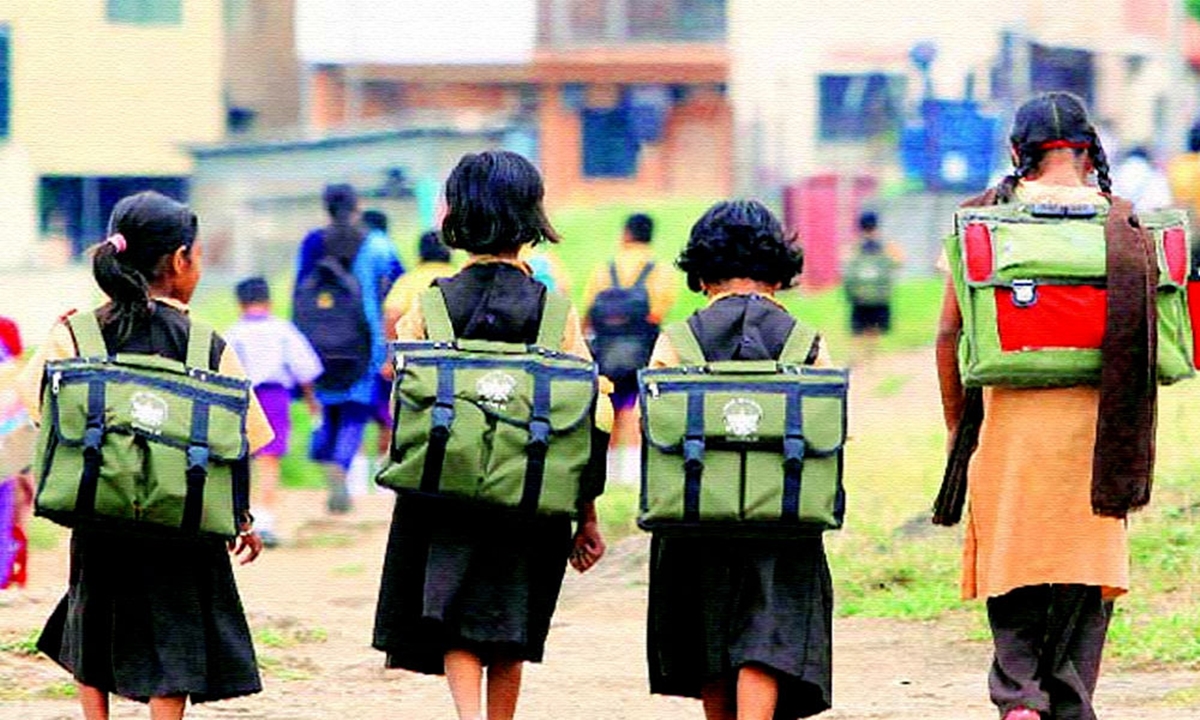
Highlights of the Guidelines For the Out Of School Children and Mitigation of Loss Of Learning
Assessing some key aspects of Ministry of Education’s Guidelines for the Out Of School Children during the pandemic
Nearly 250 million children in India have been affected by the school closures caused by the COVID-19 pandemic. School closures have had a devastating impact on children’s well-being and learning. There are increased risks of students never returning to schools, with many being forced into child labour and child marriage. This is especially true for children from socially and economically vulnerable populations, and/or those who are unable to access remote learning. As per the 75th round of household survey by the National Sample Survey Office (NSSO) (2017-18), the number of estimated Out of School Children (OOSC) in the country in the age group of 6 to 14 years is 96.93 lakhs which might have increased considering the inequity in access to remote learning. To address this, the Department of School Education and Literacy under the Ministry of Education has released comprehensive guidelines directing states to devise a fitting strategy to prevent increasing drop-outs, lower enrolments, and loss of learning.
Highlights of the Guideline
Creating Evidence
States/UTs are directed to conduct a comprehensive door-to-door survey on enrolment status for children in the age group of 6-18 years, with the help of teachers, Block Resource Coordinators (BRCs)/Cluster Resource Coordinators (CRCs), etc. This is to feed into generation of a database of all children within school-going age, and a clear identification of OOSCs.
Continuing Learning During School Closures
The guideline has suggested a range of measures to ensure uninterrupted learning for children:
- In order to support home-based education and to ensure the continuity in learning for children, educational materials and resources, supplementary graded material, workbooks, worksheets etc. are to be distributed in addition to textbooks, with the help of teachers and BRCs/CRCs. Initiatives like ‘classrooms on wheels’ and ‘mohalla schools’ (small groups at the village-level led by volunteer teachers) may also be explored. Some examples of this approach are Padhai Tuhar Dwar (Education at your doorstep) in Chhattisgarh, Hamara ghar hamara vidyalaya in Madhya Pradesh and Vidyagama in Karnataka.
- A further focus is placed on capacity-building of teachers, through training modules developed in collaboration with UNICEF, which are to be launched on the Centre’s DIKSHA portal. States/UTs are directed to ensure that teachers take part in these online training programs.
- For students to get access to counselling services and to get psycho-social support, adequate publicity has to be given to the Manodarpanweb portal and to the tele counselling number (8448440532) by communicating necessary information through SMS and WhatsApp and the users should also be guided on how to use the portal/services.
- Earlier, under Samagra Shiksha, residential and non-residential special training were approved for 8 lakh OOSC with an objective of enabling a child to be admitted to an age appropriate class, keeping in mind their overall academic and emotional needs. The guidelines mentioned that the non-residential mode of training may be continued through volunteers, local teachers, or other modes adopted by the states/UTs wherein they can also visit the village/households of the identified children with adequate safety precautions and consent of the parents.
- Home-based education for children with special needs is to be continued through volunteers and/ or special educators visiting homes of identified children, with adequate safety precautions and express consent of parents.
Re-enrolments, Retention and Re-opening Schools
- States/UTs are to devise strategies to conduct effective enrolment drives such as Praveshotsav, Vidya Chalo Abhiyan, School Chalo Abhiyan, Back to School Campaign, etc. to encourage new admissions, welcome back enrolled students, and to target the identified OOSC population. Media and Community Mobilization funds under Samagra Shiksha are to be utilized for this purpose.
- For the safe reopening of schools, practicing COVID-19 appropriate behaviour including frequency hand washing, clean drinking water and safe sanitation are key prerequisites. States/UTs are directed to use budgetary provisions under Samagra Shiksha’s composite school grants for safety and security in schools and for teachers.
- School readiness modules/ bridge courses are to be prepared and implemented in classrooms for the first one or two months for each grade. Identification of students across different grades based on their learning levels must be carried out by teachers, especially for smaller classes, so that the teachers can focus on children who need additional interventions.
Discussions
While the guidelines are welcome, and bring a much needed focus on the OOSC population that has likely widened due to the pandemic, some categories of children continue to be missed out. One such group of children are those without guardians. For example, children in need of care and protection, including homeless children, runaways, those residing in shelters or orphanages, etc. should be captured. This might require door-to-door surveys to necessarily target sites of their residence.
Secondly, with no clear definition in place, capturing data on OOSC, at the local levels is bound to become a daunting task. Many gram panchayats do not maintain records of children who leave school and join the workforce. Similarly, different household surveys rely on different methods of estimation resulting in vastly different numbers of OOSC. This brings us back to the need of developing a clearer understanding and definitions of OOSC in India.
Finally, the guidelines categorically eliminate students who would or should be enrolled in pre-primary education programs – in the age group of 3-6 years. Given the changing curricular structure to incorporate Early Childhood Education(ECE) in the National Education Policy 2020, this is a good opportunity to capture enrolments in ECE and the impact of COVID-19 on the same. Further, the goal of attaining foundational literacy and numeracy, as under the NIPUN Bharat program launched in July 2021, can only be achieved if we focus on universal delivery of ECE.
All views are personal.



